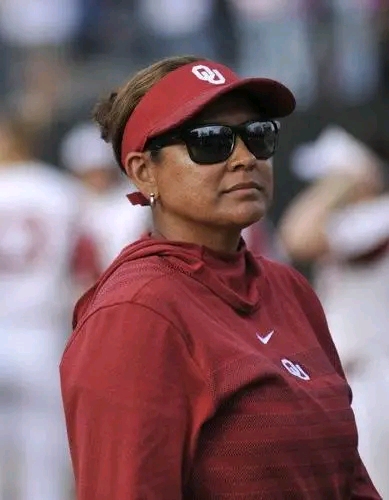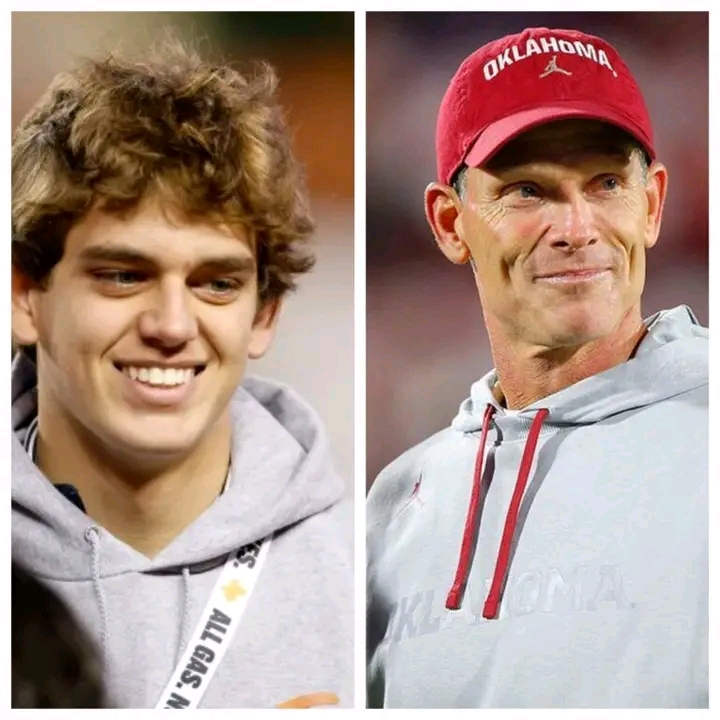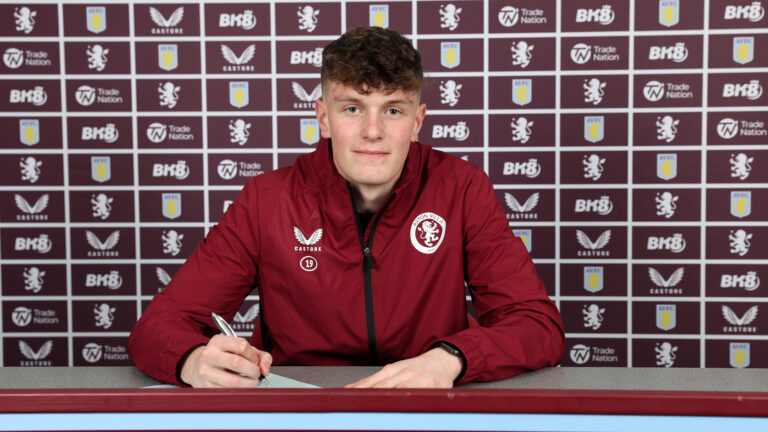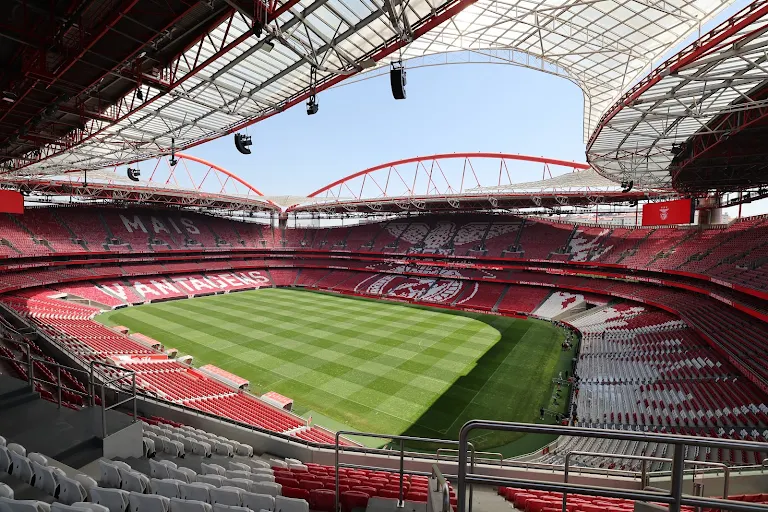
Paul Finebaum, the veteran college football analyst known for his deep ties to the Southeastern Conference, recently raised an important question surrounding Alabama football’s future on the recruiting trail: can the Crimson Tide continue to compete financially with other SEC juggernauts in the rapidly evolving world of name, image, and likeness (NIL)?
During a segment on his ESPN show, Finebaum acknowledged Alabama’s rich tradition and recent recruiting success under new head coach Kalen DeBoer, but he voiced growing concerns over whether that momentum is sustainable in the face of intense competition from other SEC powerhouses like Georgia, Texas, and Texas A&M — programs that are flush with NIL funding and aggressive donor collectives.
“In this new era, it’s not just about tradition, facilities, or championship rings,” Finebaum said. “It’s about financial muscle, plain and simple. Alabama has been at the top of college football for over a decade, but the playing field has shifted. Can they keep up with schools that are throwing around unprecedented sums of money for top-tier talent?”
Under Nick Saban, Alabama built a recruiting machine that seemed nearly impossible to disrupt. With seven national titles and an assembly line of NFL talent, Alabama had the credibility and infrastructure to lure five-star athletes year after year. However, with Saban’s retirement and the onset of NIL-driven recruiting, that blueprint is being tested.
Schools like Texas and Texas A&M have reportedly leveraged multimillion-dollar NIL deals to sway elite prospects. Georgia, with back-to-back national championships and strong booster support, has also built a formidable NIL ecosystem. Even Ole Miss and Tennessee are stepping up with competitive NIL packages to attract top athletes, challenging traditional power dynamics.
Finebaum emphasized that DeBoer, though highly respected for his coaching acumen and offensive innovation, enters a landscape that’s very different from what Saban dominated. “Kalen DeBoer is inheriting the most high-pressure job in college football at a time when everything has changed,” he said. “It’s no longer about who has the best weight room or locker room. It’s about who’s cutting the biggest checks — legally.”
Alabama’s current NIL infrastructure, while functional, hasn’t yet drawn the same buzz or national headlines as those of its competitors. While several high-profile donors and collectives have emerged, there are questions about whether Alabama can match the relentless NIL pace of programs with more aggressive donor networks.
One issue is market saturation. With so many SEC schools bidding for the same elite prospects, the financial demands have skyrocketed. Finebaum warned that without a well-funded and strategic NIL apparatus, even programs as iconic as Alabama risk being outbid. “Tradition only goes so far when a player’s got seven figures being offered somewhere else,” he said.
Still, Finebaum stopped short of declaring Alabama in trouble. He praised DeBoer’s early efforts, including a top-five recruiting class and several strategic portal pickups. He also noted that the Crimson Tide’s national brand, passionate fanbase, and deep-rooted success still carry weight — especially with recruits who prioritize development and exposure over instant financial gain.
But the warning signs are clear. The future of elite recruiting in the SEC will likely hinge as much on economic firepower as on coaching reputation. And if Alabama wants to remain at the pinnacle, it must evolve just as quickly off the field as it does on it.
As Finebaum concluded, “Alabama’s dynasty isn’t over. But in the NIL era, dynasties aren’t maintained by trophies alone — they’re maintained by wallets.”




